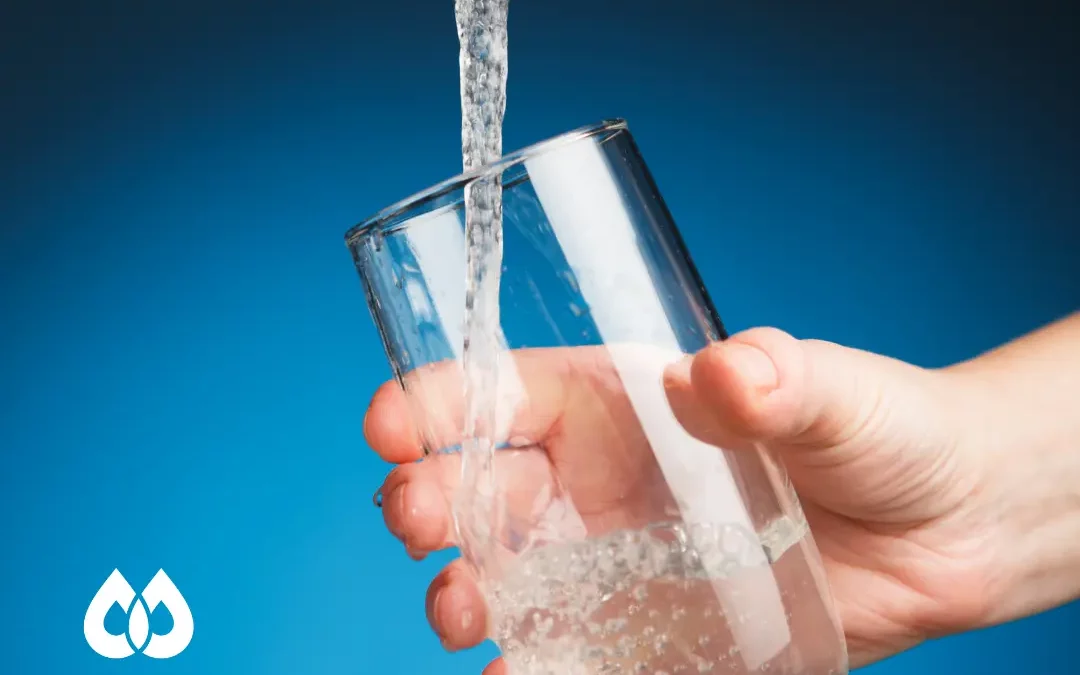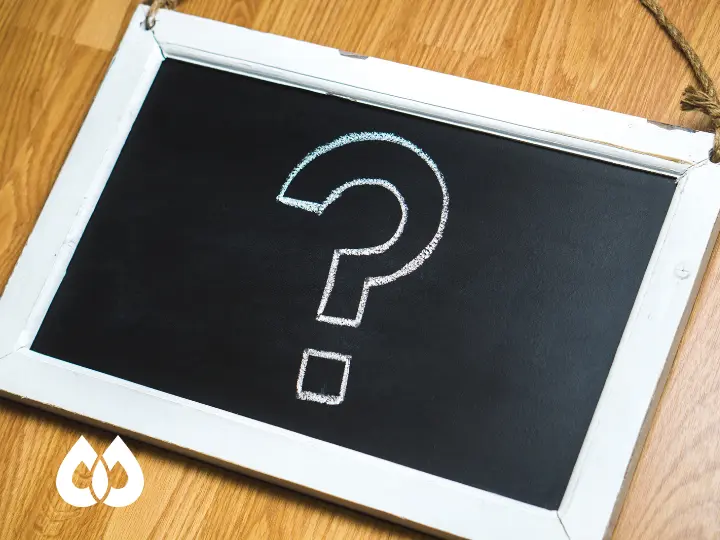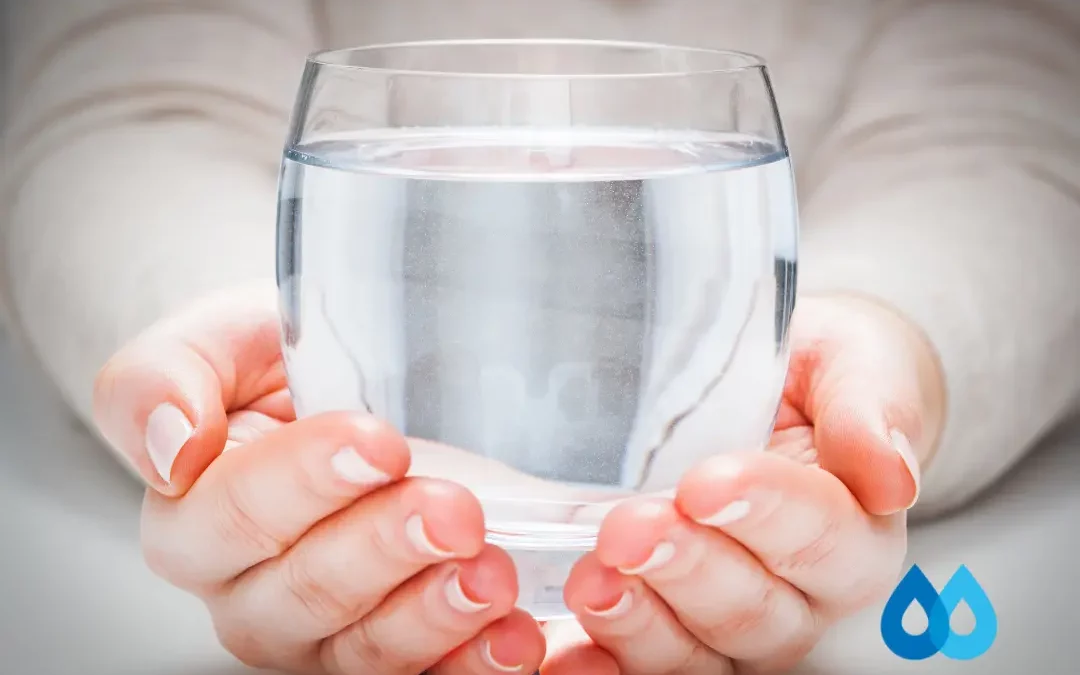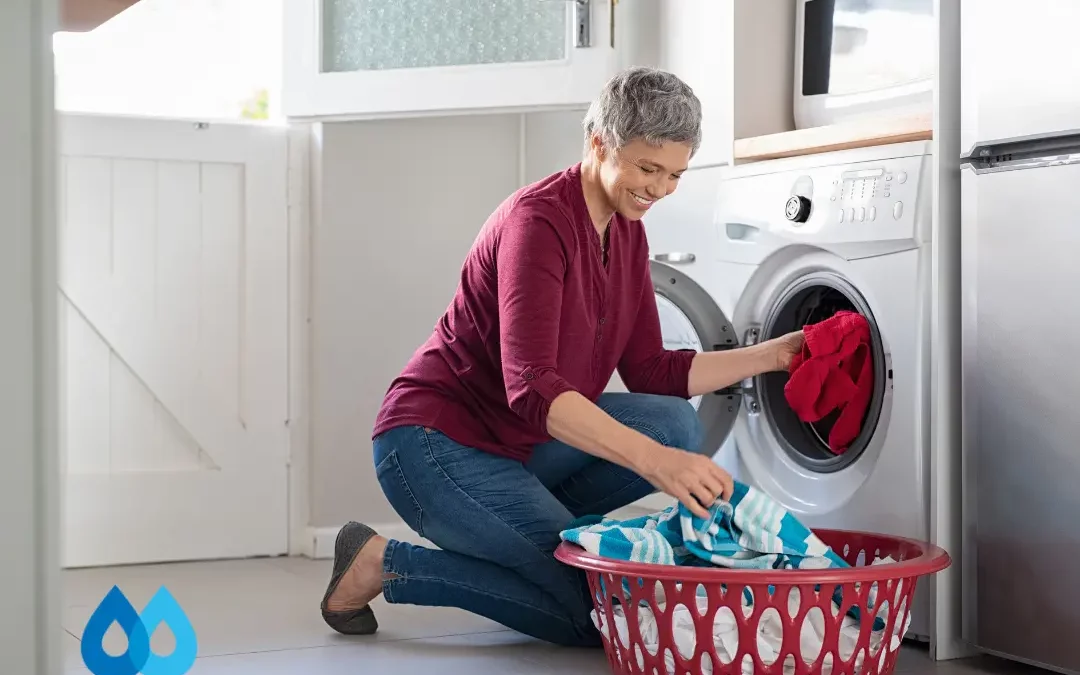Hidden or indirect water use is when people use water without knowing it while direct use is when they know they are using water. Hidden water use is, unfortunately, most often simply wasted. Let’s change the term then to hidden water waste and ask how much can you find in your own household.
Researchers are finding that hidden water use exceeds direct use by as much as 96%. Imagine, for every gallon of water that you use to drink, wash laundry, shower, or water your plants, 96 other gallons of water are slipping away from you, completely unnoticed. The biggest problem areas are landscaping and restrooms. These two places use gallons of water that are often unnoticed. In landscaping the major concern is broken pipes or sprinkler systems that are not working correctly, or in many parts of the country, growing plants that are not appropriate for that area. A broken pipe can go unnoticed for several months and only be found if someone pays attention to the water bill. When the MGM Grand opened in 1993, more than 85% of the building’s acreage was covered with thirsty lawns and flowering plants. The water use was a staggering 60 gallons of water per square foot per year. Today, after considerable expense, most of these areas have been converted to xeriscaping. Xeriscaping is landscaping using low-water consumption desert plants and ground materials. At present the hotel grounds consume only 20 gallons of water per square foot per year. As American homeowners we too can look at our own landscaping and see places we could change and make more water friendly instead of wasteful.
In restrooms faucets leak and toilets leak, both of which cost many gallons over relatively short spans of time. One small office with five leaky faucets dripping about 30 drips a minute will waste more than 5,000 gallons of water in a year. Most people simply walk by a dripping faucet and all they notice is the noise or the stain, but never give a thought to the waste. Faucets aren’t the only culprit however; toilets, urinals, and believe it or not, reverse osmosis systems are also hidden wasters.
Toilets that were installed before 1992, when the federal government instituted regulations requiring toilets to use no more than 1.6 gallons per flush, are a large part of that waste. Toilets can last for decades so most of us don’t even give them a thought. It is estimated that if all U.S. households installed toilets with water-saving features, we could save an estimated 5.4 billion gallons of water every day.
Water waste is becoming more of a concern as time goes on. Water is a valuable resource and one that needs to be protected at all costs. Every individual is responsible to watch their own hidden water waste, recognize it, and try to change it. Imagine if we as a nation could save water significantly, all it would take is changing a few plumbing fixtures, appliances, or plants.
To learn more about RO systems and water waste, watch this quick video.



